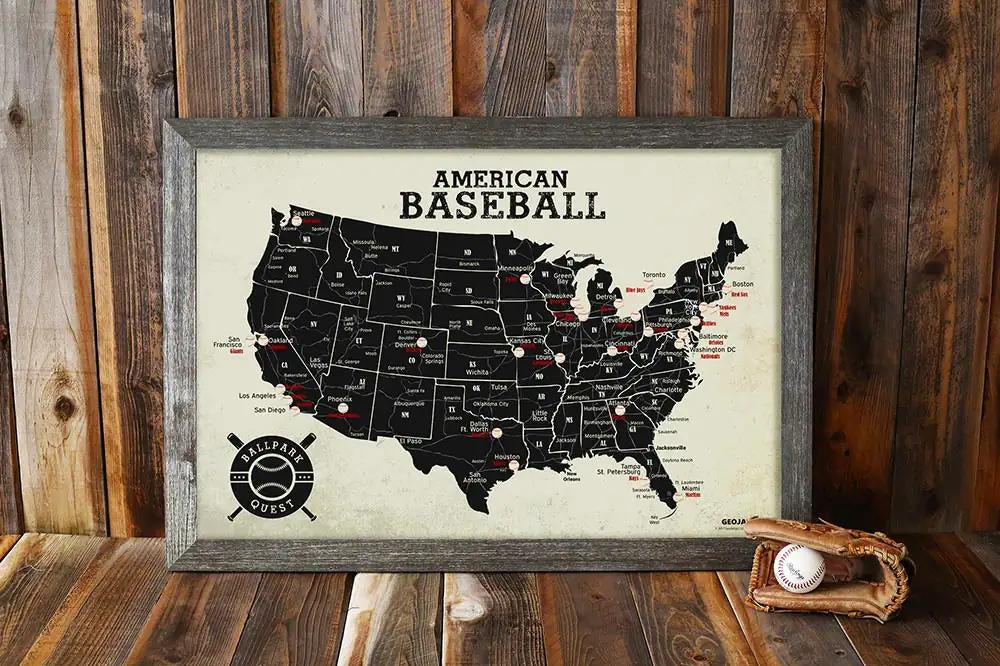The Oakland Athletics, often referred to as the A's, have a rich and storied history in Major League Baseball (MLB). Founded in 1901 as the Philadelphia Athletics, the franchise has undergone several relocations and transformations, but their legacy is marked by remarkable periods of success and innovation. This 500-word overview will take you through the key moments and eras that have defined the Oakland Athletics.
Philadelphia Athletics: The Early Years The Athletics' journey began in Philadelphia, where they were one of the American League's founding teams in 1901. Under the ownership of Connie Mack, a legendary figure in baseball history, the Athletics experienced early success, winning five World Series titles between 1910 and 1930. During this time, they featured iconic players like Eddie Collins, Home Run Baker, and Lefty Grove.
Philadelphia to Kansas City: Changing Landscapes In 1954, financial challenges led to the team's relocation to Kansas City, Missouri, where they became known as the Kansas City Athletics. This period was marked by struggles on the field, and the team faced attendance issues.
Charlie Finley and the Swingin' A's: In 1960, colorful owner Charlie Finley took control of the team. Under Finley's guidance, the Athletics underwent a transformation. Finley implemented bold marketing strategies and adopted vibrant green and gold uniforms. The franchise's fortunes improved dramatically, and the Athletics became known as the "Swingin' A's." Led by stars like Reggie Jackson, Catfish Hunter, and Rollie Fingers, they won three consecutive World Series titles from 1972 to 1974.
Oakland: The Dynasty Returns: In 1968, the team relocated to Oakland, California, where they have remained ever since. The early 1970s marked a resurgence for the Athletics, who adopted the moniker "Oakland A's." Under manager Dick Williams, they boasted a roster featuring legendary figures such as Vida Blue, Sal Bando, and Bert Campaneris. They won five consecutive American League West titles from 1971 to 1975 and clinched three consecutive World Series titles from 1972 to 1974, cementing their status as a dynasty.
Moneyball and the Billy Beane Era: The early 2000s ushered in a new era for the Oakland Athletics, marked by the adoption of innovative statistical analysis and player evaluation methods. Chronicled in the book and subsequent film "Moneyball," the team, under the leadership of General Manager Billy Beane, focused on using advanced metrics to identify undervalued players. While they did not win a World Series during this period, the A's became known for their efficiency and competitiveness in a challenging financial landscape.
Recent Years and the Oakland Coliseum: In recent years, the Athletics have faced challenges regarding their home stadium, the Oakland Coliseum, which is one of the oldest venues in MLB. Despite these challenges, the team has remained competitive, frequently making playoff appearances.
Legacy and Tradition: The Oakland Athletics are known for their green and gold uniforms and the iconic white elephant logo, which pays homage to the team's early days. The franchise's legacy is also characterized by innovation, resilience, and a commitment to achieving success in a small-market environment.
Throughout their history, the Oakland Athletics have embraced change, innovation, and the pursuit of excellence. From their early years in Philadelphia to their dynasty in the 1970s and the "Moneyball" era, the A's have continually evolved while leaving a lasting imprint on the world of baseball. Their story is one of adaptation and innovation, and it continues to be written with each new season in the MLB.



























